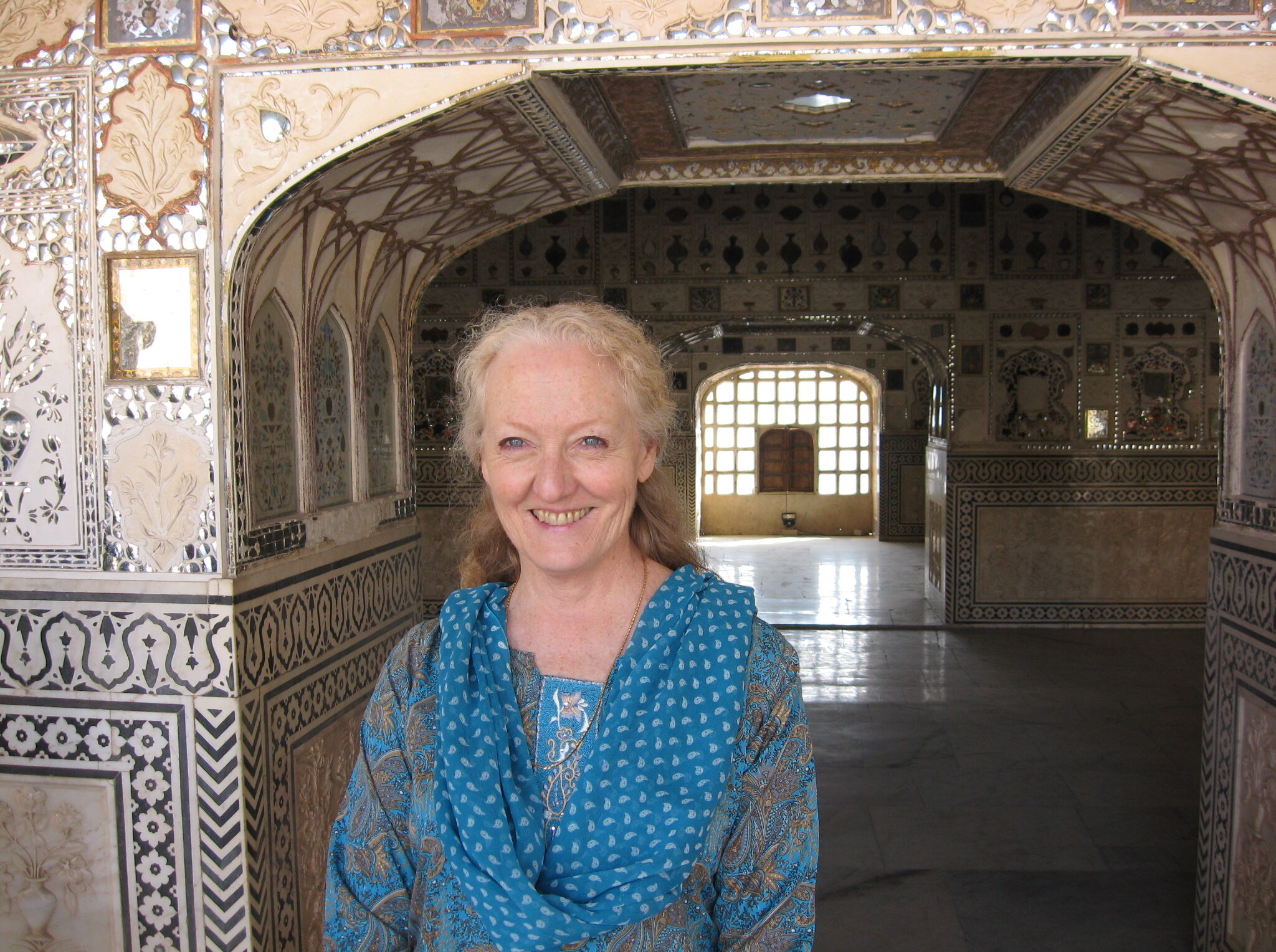I recently received an email from a reader of my Mindful Eating book, asking for summary of the “mindfulness” part about eating mindfully. My response to her may serve others, as well. Here it is:
The overview basics:
– the several places that mindfulness shows up as important in the process of eating:
- First, the sensations.
- Anxiety: often misconstrued as hunger. To learn to pause and be gently curious about what’s going on with self. Delving into the roots of the anxiety itself rather than moving off point to soothe the sensation.
- Hunger. If a person is trying to “lose weight”, there will be sensations of hunger. It is possible to sit with this as well. Stay determined to stick to what was the self-agreement re: calories or foods or whatever. The sensations WILL pass, and in the meantime this phase makes what one eats ever so much more precious.
- Second, the act of eating.
- Notice. Really notice the simple and pure joy of eating. The flavors, the textures, the fact that you get to feed the hunger! Let it be precious.
- Third, sensations again.
- Go slowly enough to NOTICE when the sensation of satiety occurs. Most people have no idea what I’m talking about when I mention this. Yes. Satiety has sensations – which historically has meant enough already.
May you enjoy this Life. The experiences. The sensations. The inner workings.
And – the food you eat.
